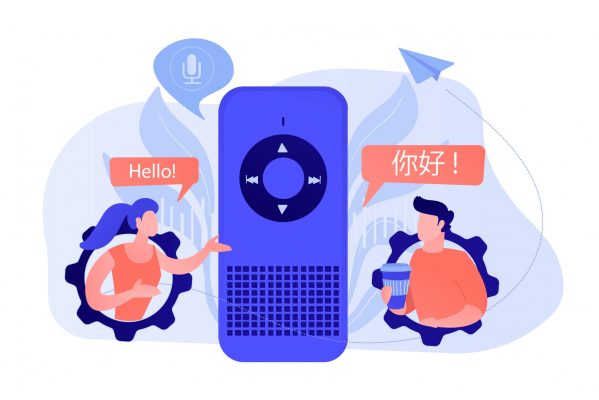The Rise of Machine Translation: How AI is Transforming Business Communications Across Languages
In today’s interconnected and globalized landscape, effective communication across diverse linguistic boundaries has become an indispensable necessity. The surge in international business transactions and the quest for expanding into new markets have intensified the demand for swift and precise translation of extensive content. In response to this growing need, there has been a remarkable surge in innovation within the realm of machine translation technology.
Cutting-edge artificial intelligence models are revolutionizing the landscape by offering unparalleled quality and scalability in automated translation processes. As we navigate the dynamic terrain of the modern world, the ability to seamlessly bridge language gaps has never been more crucial, and the advancements in machine translation stand at the forefront of facilitating this imperative global dialogue.
The Progress of Neural Machine Translation
Early machine translation relied on rules-based systems that had limited capabilities. The introduction of statistical machine translation in the 1990s improved quality by analyzing patterns in large bilingual text corpora. However, neural machine translation has been the most important advancement using deep learning algorithms modeled after the human brain.
Leading providers like Google and Microsoft now use neural networks that can understand full sentences in context. It produces much more human-like translations than ever before possible. The latest models can also learn the specifics of a particular industry or linguistic style.
The Power of Adaptive Neural Machines
Adaptive neural networks represent the cutting edge in machine translation. These systems continue improving while in use by learning from new examples. They also retain contextual learning within documents. Microsoft’s Adaptive Neural Machine Translation reached a major milestone in 2022 by matching average human quality scores.
This adaptability allows businesses to customize systems to their domain. For example, DeepL offers adaptive neural engines tailored to clients’ subject matter. Their technology learns from a company’s past translations to optimize for consistent terminology and writing style. It delivers excellent results specialized to a business’s needs.
Augmented Translation Workflows
While neural machines can handle a growing share of translation needs, human expertise remains essential for many tasks. It includes high-value material requiring nuanced language skills or subjective judgment. Hybrid human-AI workflows will dominate in the coming years.
Humans still play a crucial role in steps like training data preparation, quality evaluation, and result post-editing. But machines shoulder the heavy lifting of initial content translation. The most effective frameworks optimize for each side’s strengths. People provide oversight and refinement while AI scales consistent output.
Some platforms employ human-in-the-loop operation. Translators can step in to guide the system’s decisions at any point. It allows adaptive refinement in real-time translation. An integrated view also enables linguists to quickly leverage context from the whole document.
An Evolving Global Language Ecosystem
Access to mobile devices and internet connectivity has surged worldwide. More people now use multiple languages in their digital lives. English remains essential, but globalization has bred vibrant linguistic diversity. There are now over 7,000 living languages.
Companies must navigate this complex translation landscape to unlock new markets. No one-size-fits-all approach can address unique regional needs and preferences. Adaptive AI promises to bridge communication gaps more effectively than ever.
Tools like the aI content detector also upholds ethical standards. They can identify automatically generated text that has not yet reached human equivalence. It helps combat issues like disinformation and copyright violation while technology progresses responsibly.
Driving Business Growth Through Multi-Language Communication
The demand for language translation will continue growing exponentially in the coming years. AI automation makes meeting global communication needs achievable for businesses of all sizes. Adoption is accelerating across major industries like e-commerce, marketing, support, development, legal services, and more.
Machine translation delivers tangible return on investment through:
Faster Time-to-Market
AI systems rapidly scale translated content for global product launches and campaigns. They unlock velocity impossible through human translation alone.
Operational Efficiency
Automation reduces the overhead of localization workflows. Companies minimize costs while enabling real-time adaptation to new languages and geographies.
Improved Experience
Specialized neural engines consistently apply brand voice, terminology, and style guidelines. It raises quality and engagement for global customers.
Enhanced Intelligence
Multilingual data analysis spots trends and insights hidden within non-English text. Broad language support augments competitive analytics.
The world has never communicated across more languages. AI translation technology is imperative for businesses to thrive amidst modern linguistic diversity. Powerful adaptive neural networks integrate human expertise and contextual learning to meet rising demand.
They pave the way for seamless global communication now and into the future by bridging language barriers through automation.
Featured image: Image by vectorjuice on Freepik

